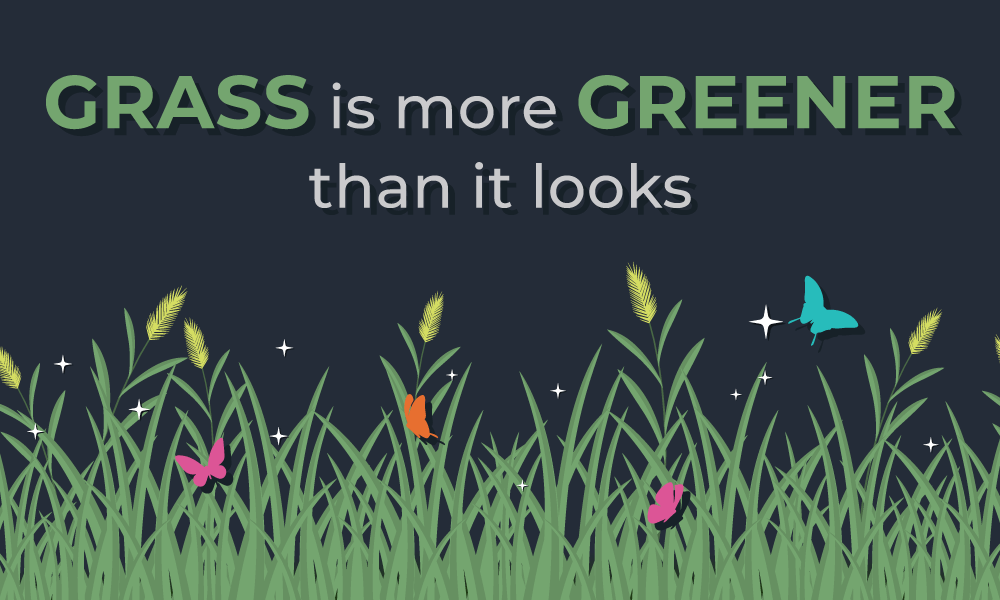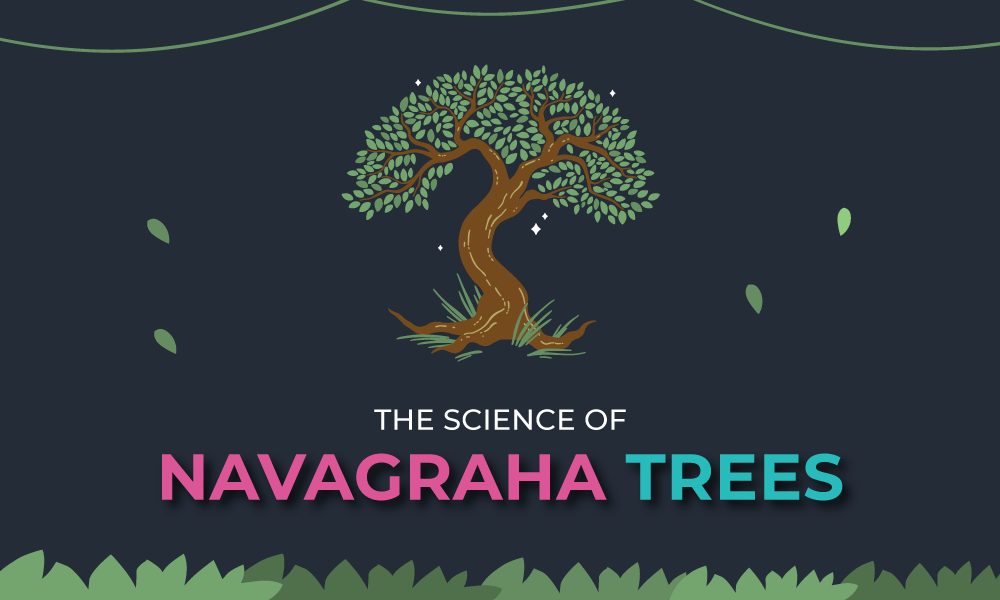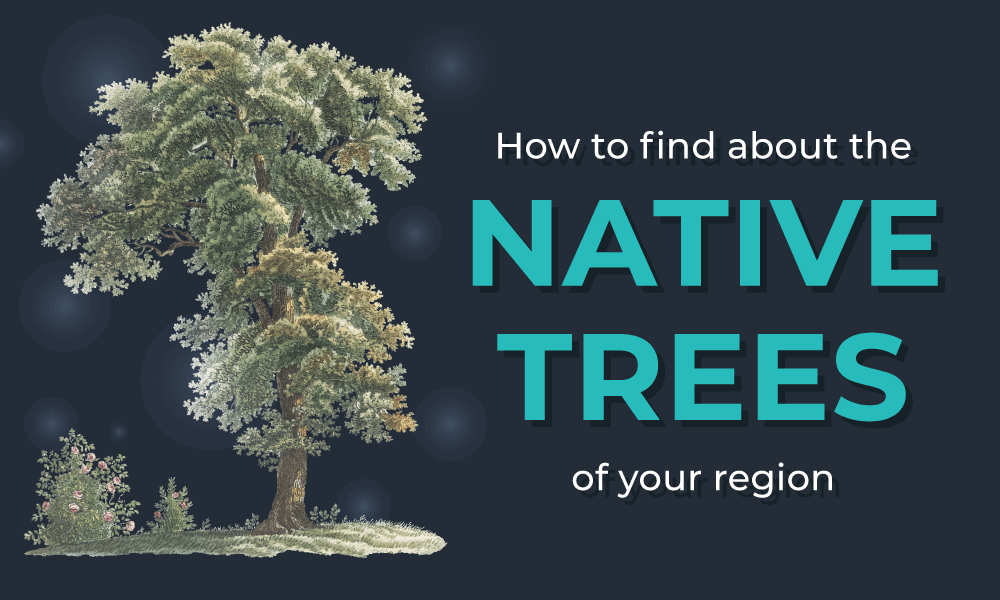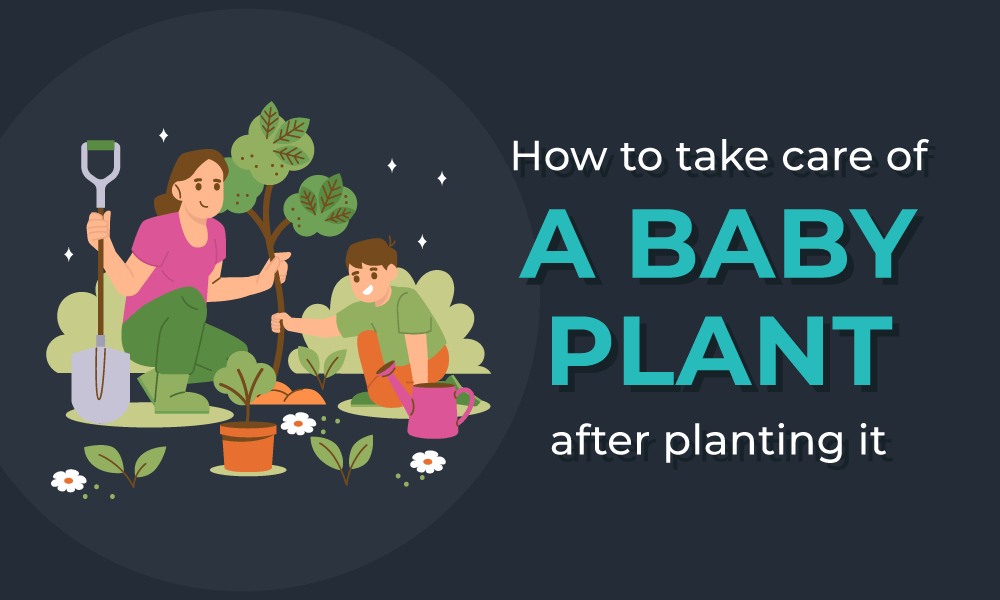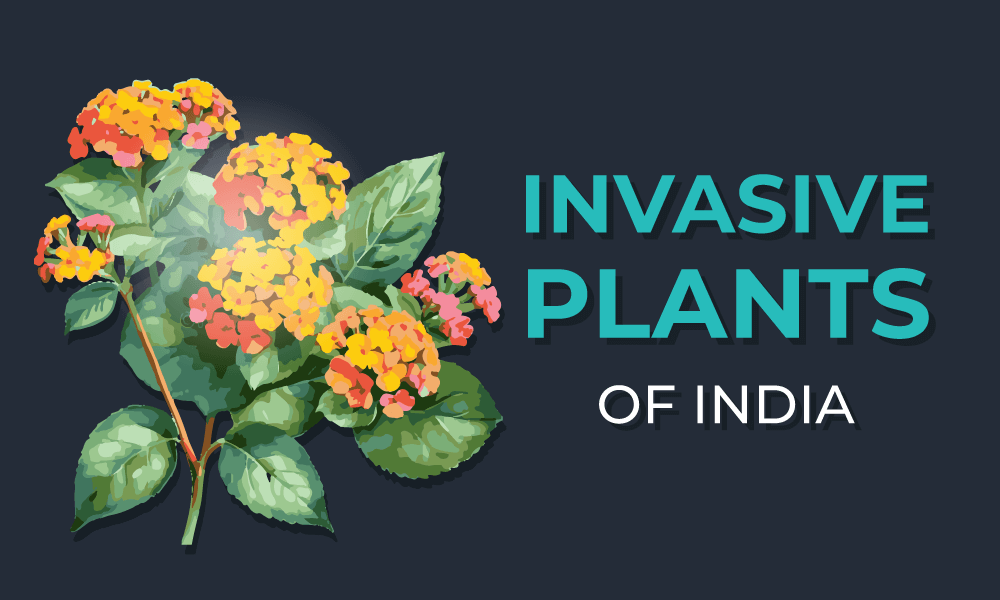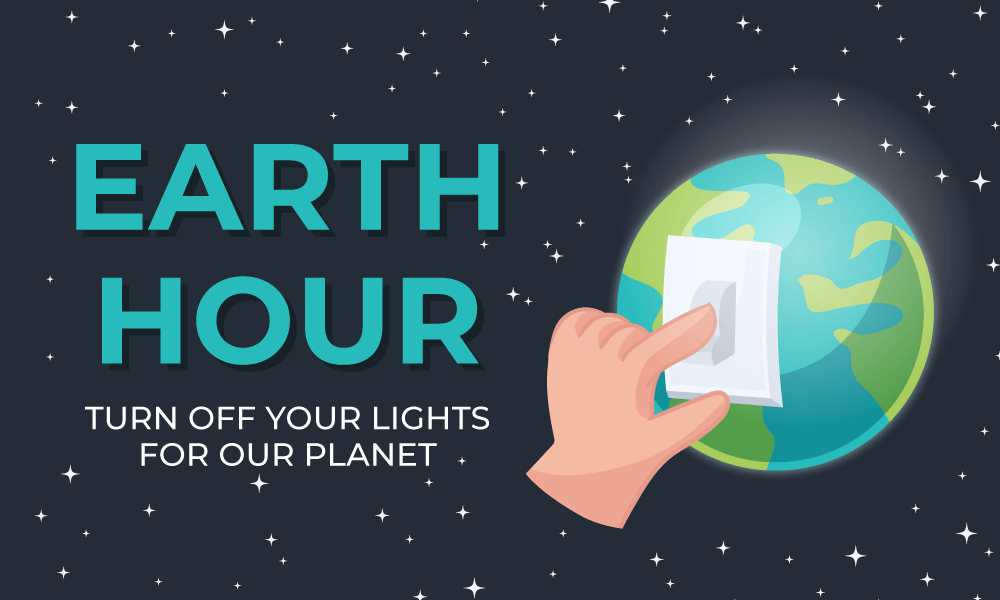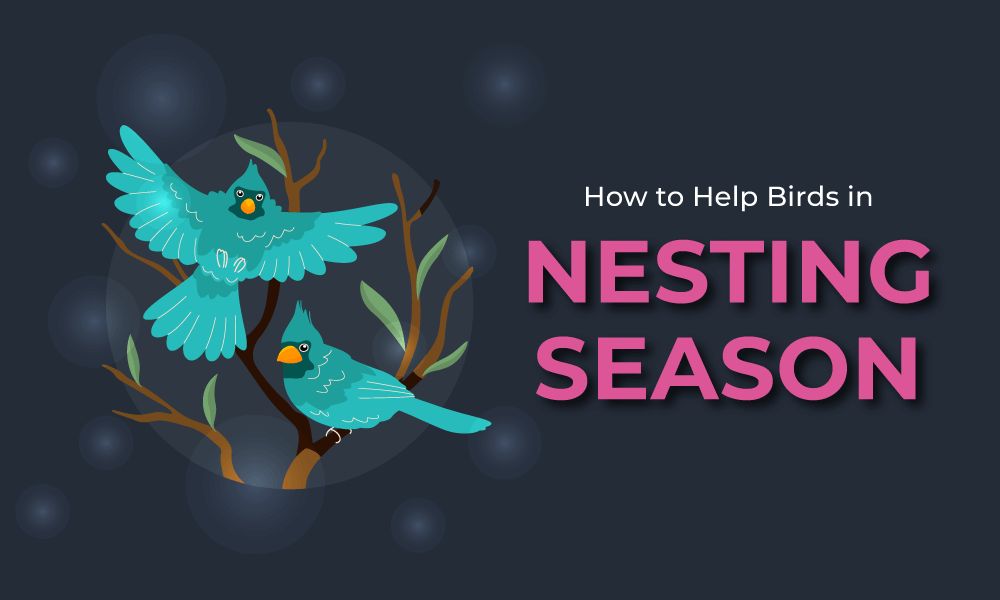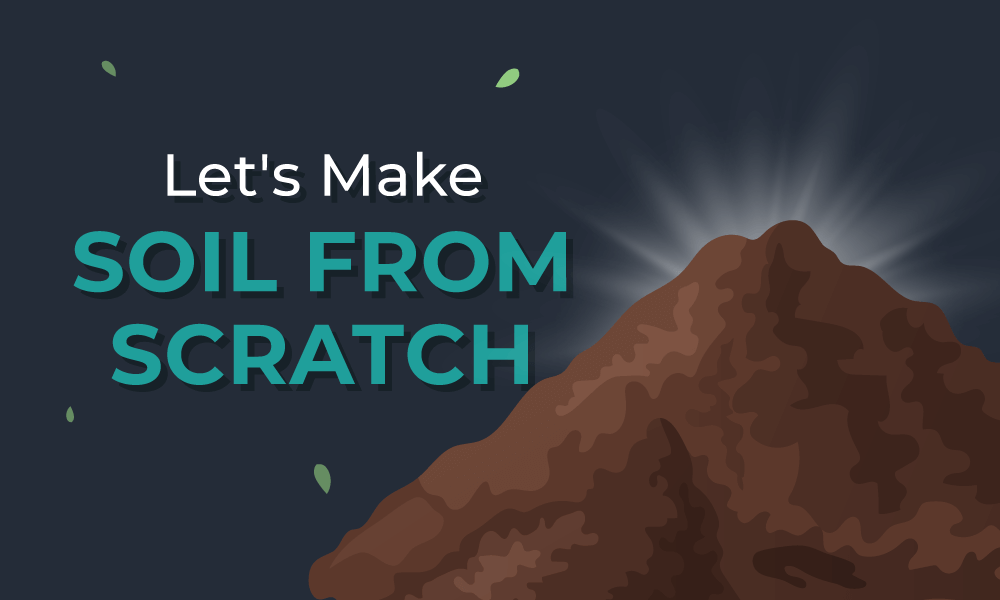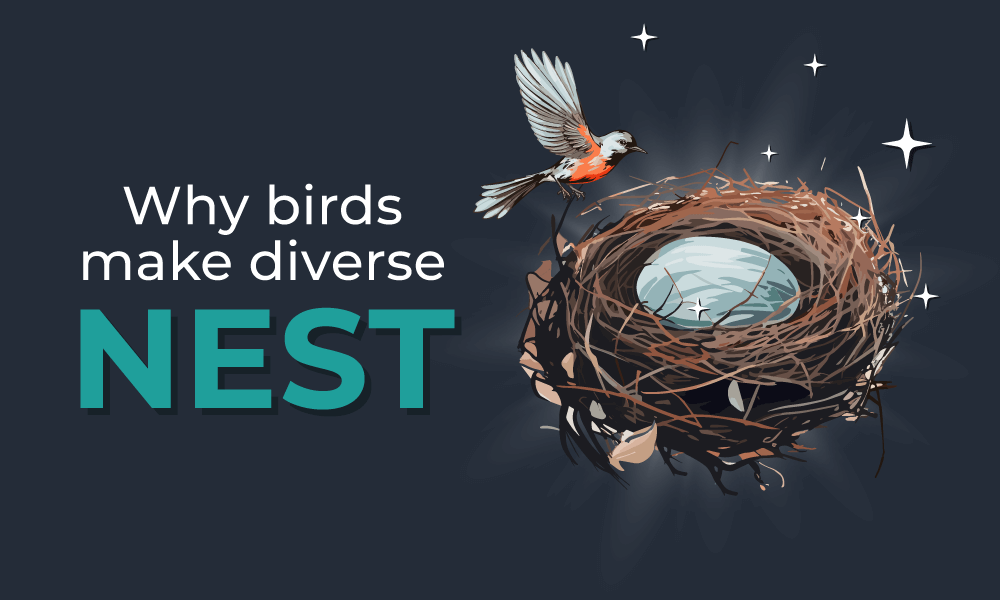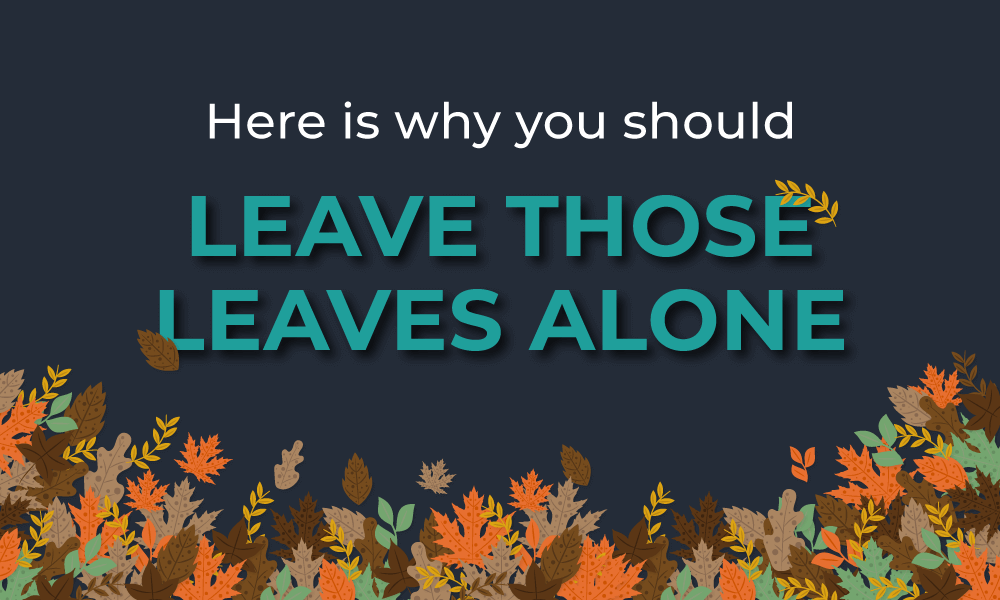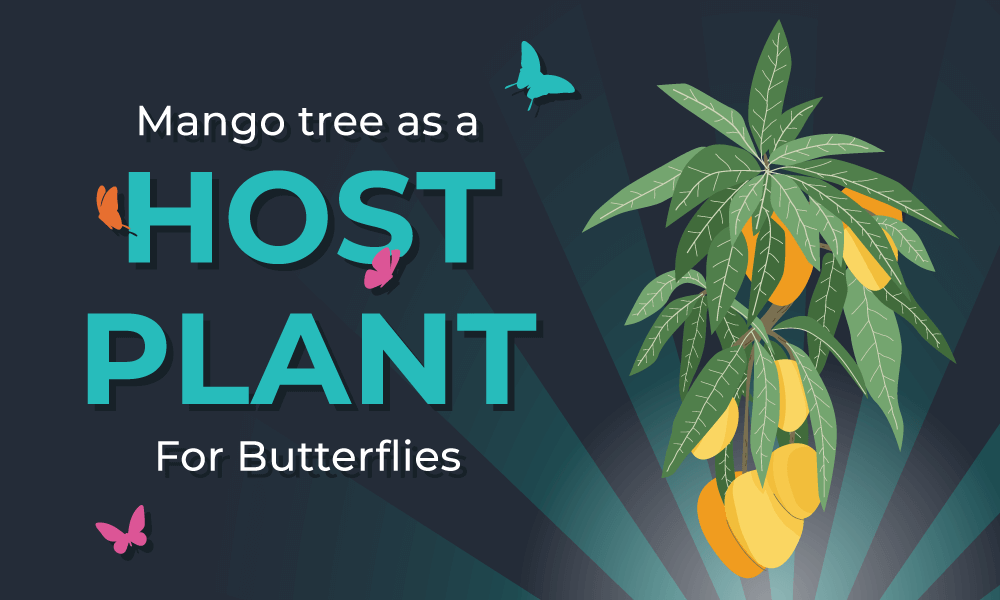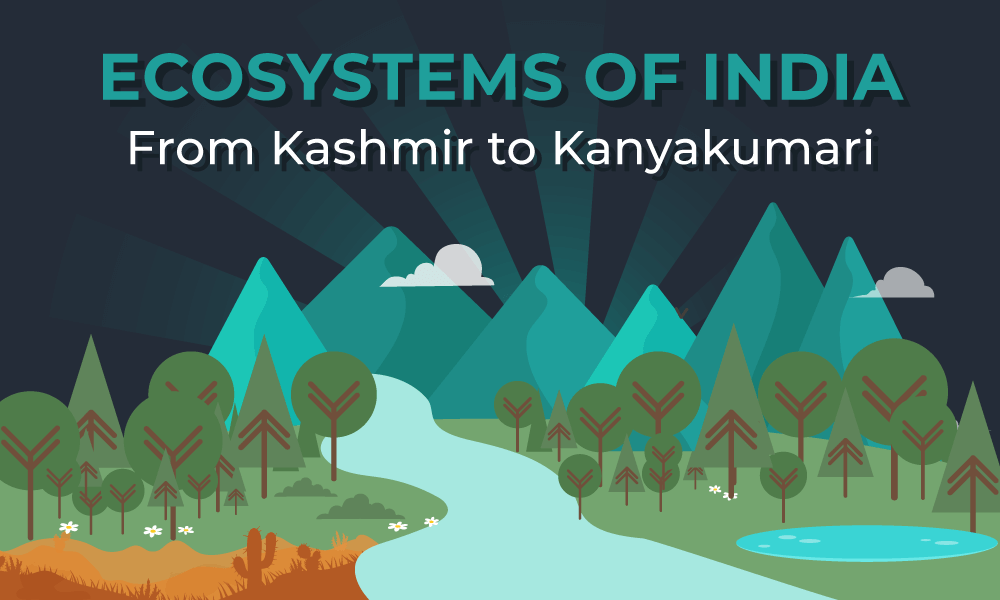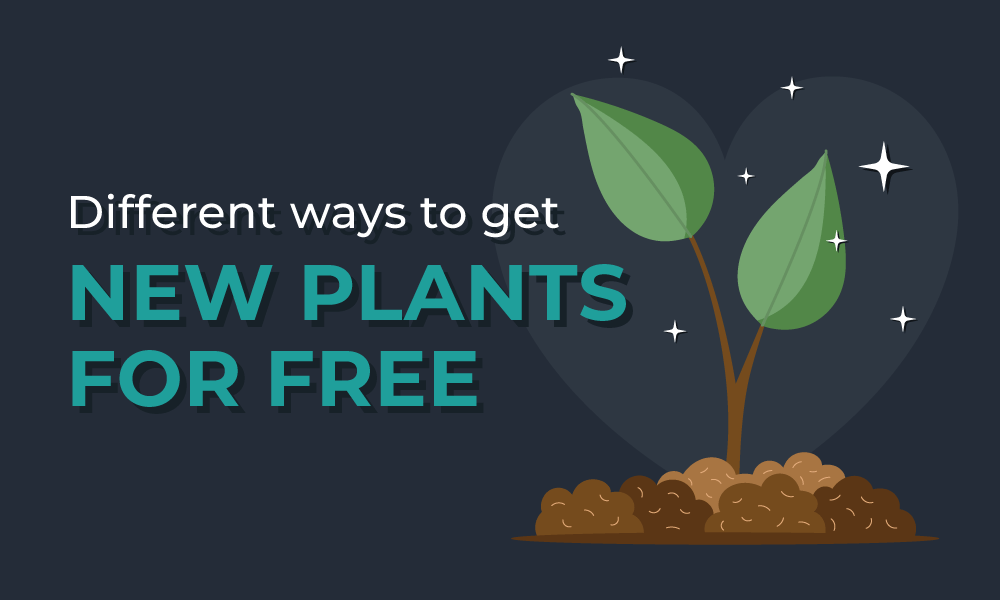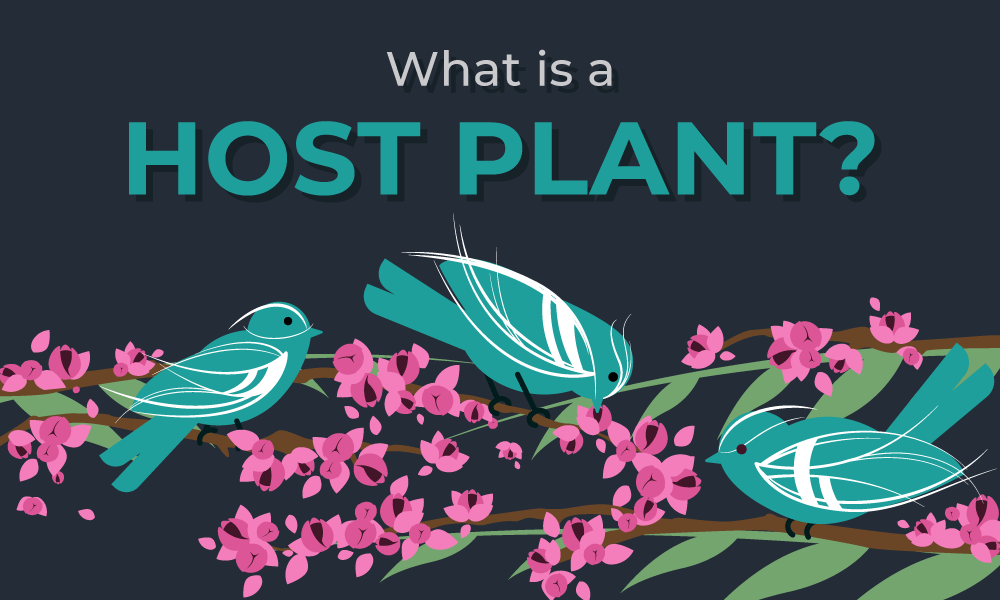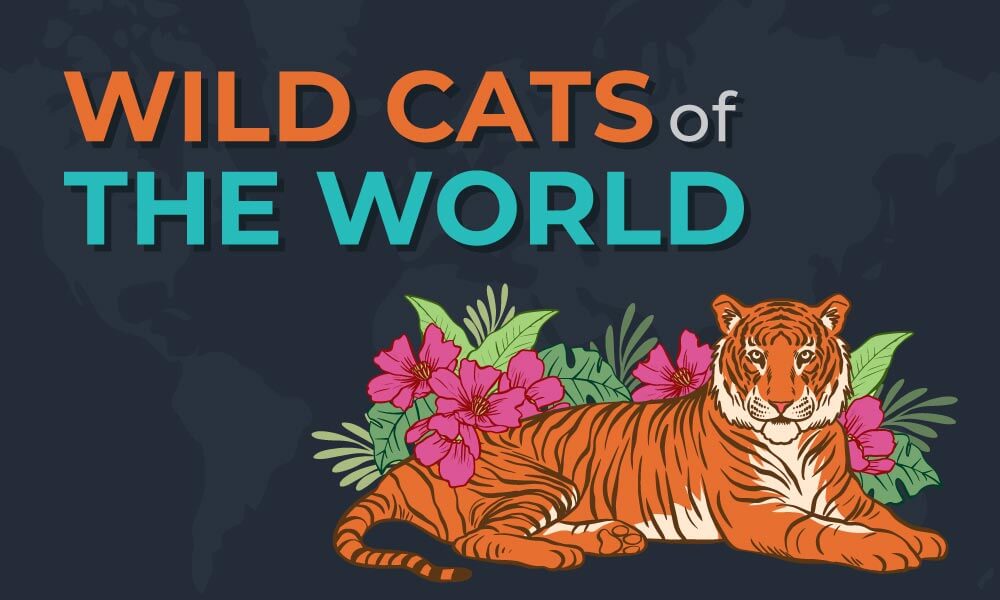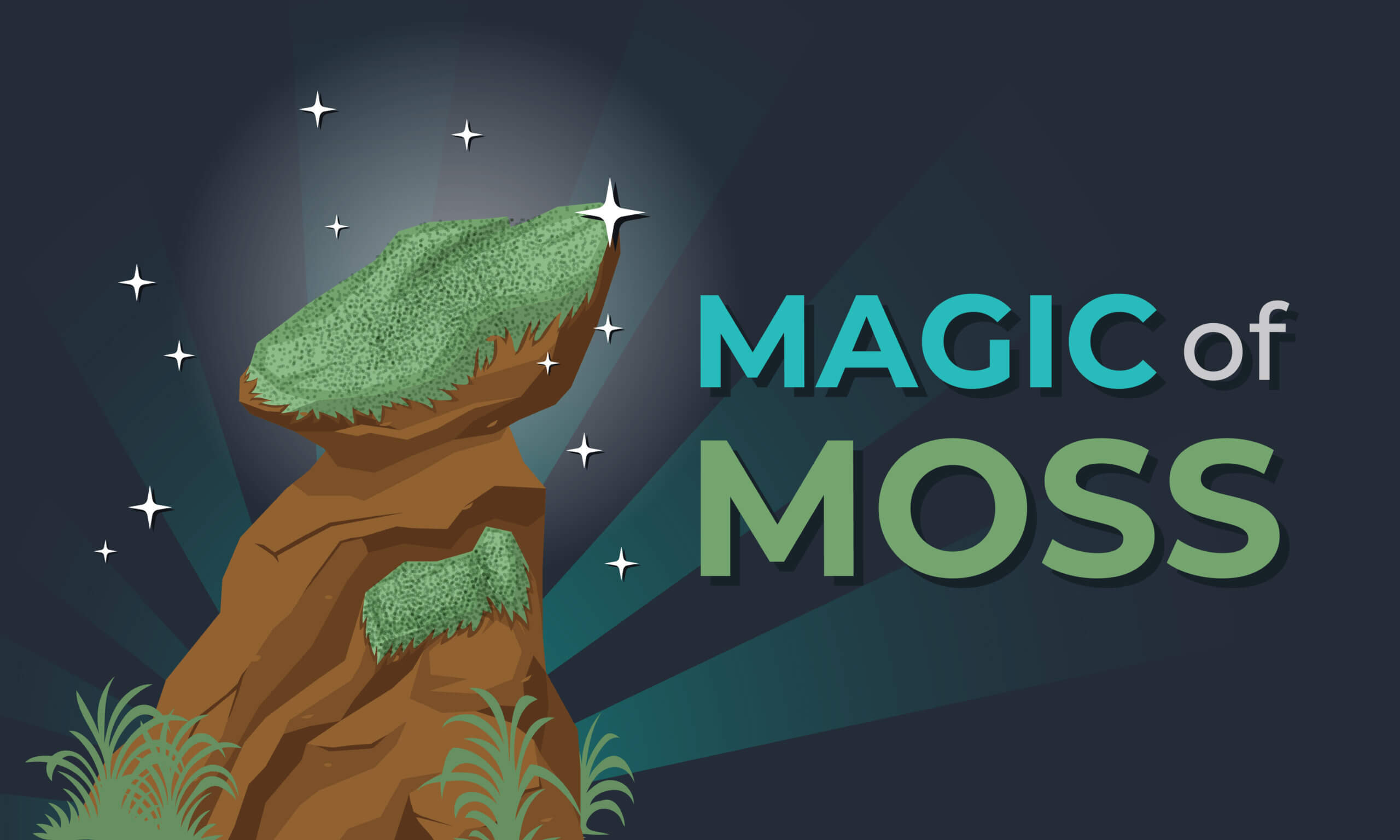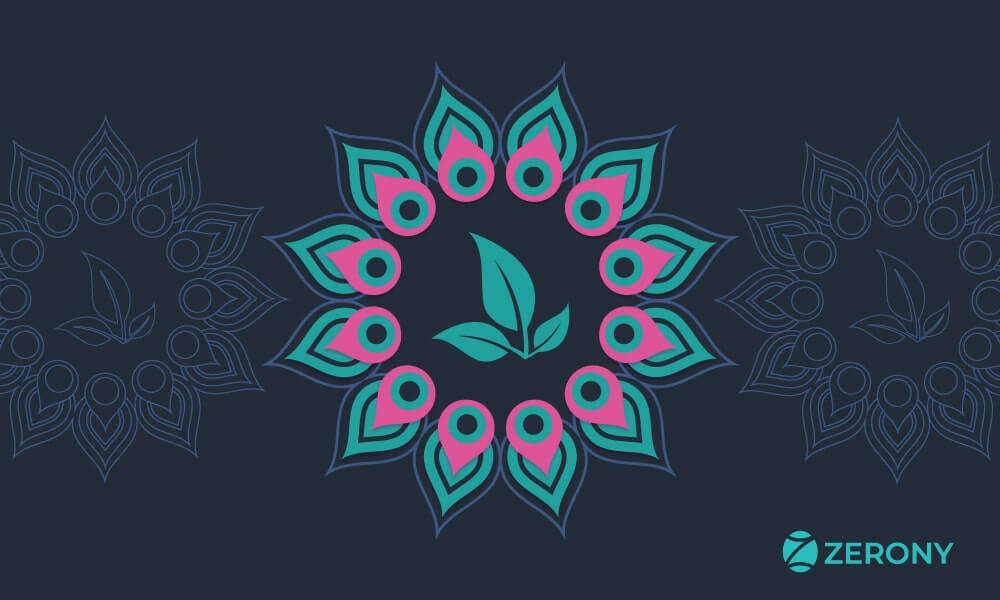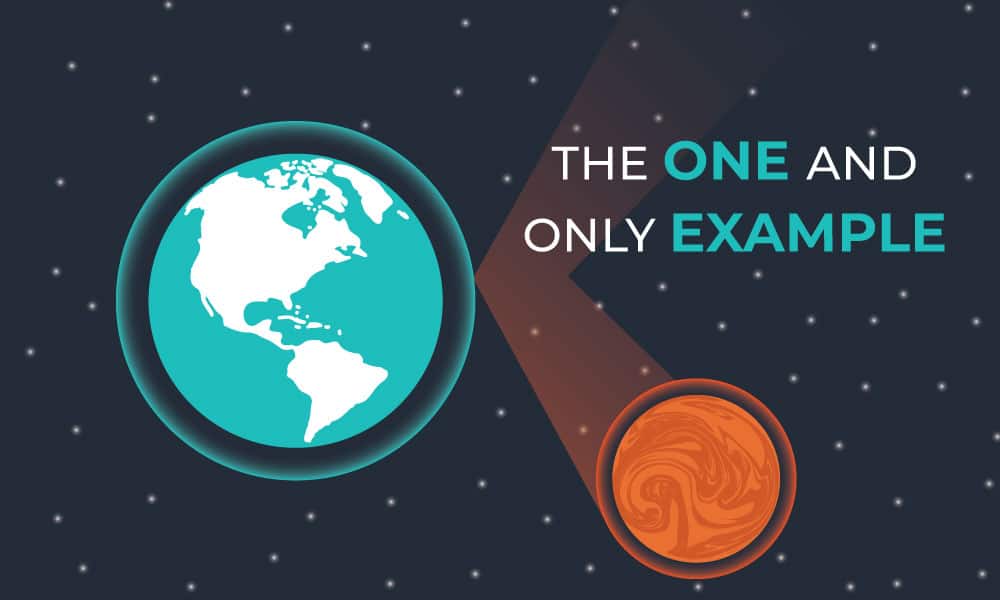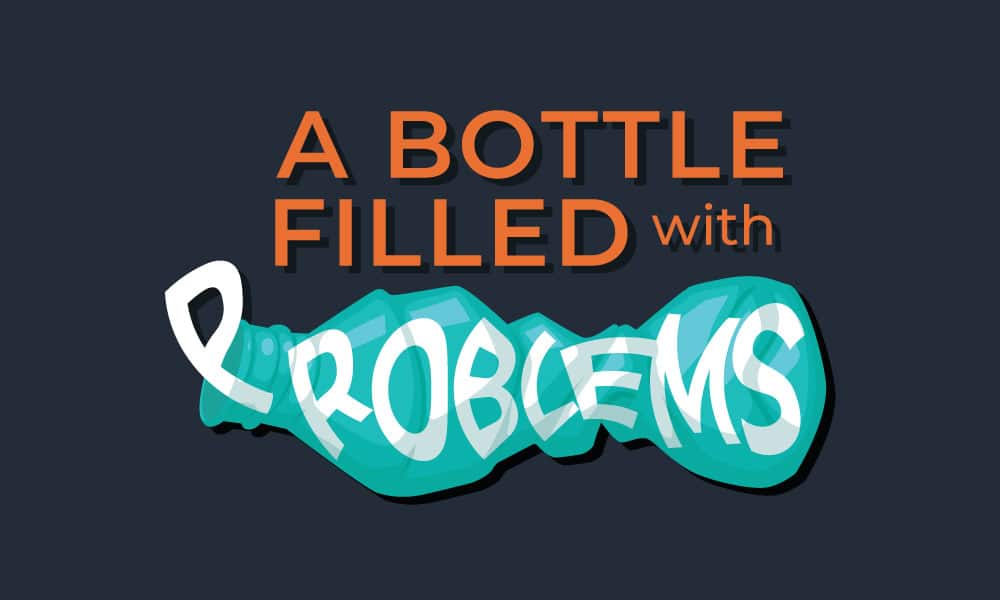Grass is always there for us. It’s on the side of the roads, it makes a park a park, it covers sports fields, everywhere it just being there underneath our feet seems to be not doing much, But in reality, it does a lot and what if I told you that almost 70% of our food crops come from grass?
Yes, you heard it right.
Grass covers 1/4 of the earth’s land area with over 10,000 different species worldwide and nearly 1,500 varieties of grass are found in India. All things we eat like rice, corn, wheat, sugar and many more belong to the grass family. But not just us, from tiny insects to the biggest elephant, from flying birds to the fastest of deer, somehow we all rely on grass.
So let’s understand what is grass.

Grass is the common name for the Gramineae family of plants. With more than 10,000 known species, this family is one of the largest plant families on the Earth. The average size of the grass is 2.5-4 inches. Most grasses live close to the ground while some go higher like 40 meters up in the air. Grasses have a very simple structure and live a very simple life.
At the base of the grass plant, roots grow into the earth. Grassroots are very thin and hairy, they grow into the soil and spread outwards, collecting nutrients and soaking up water from soil. Grass stems grow up from the base of the plant. Narrow leaves grow out from the stem, these leaves alternate in the direction, if the first leaf grows on the right then the second one will grow on the left and so on. And just like the leaves of a tree, grass leaves collect energy from the sunlight by photosynthesis, chlorophyll in the leaves gives it its green colour just like the trees.
Grass reproduces in two ways.
- Using roots and stems to create more grass plants.
- Using flowers and seeds to make more grass plants
In the first method, grasses have extra stems that grow sideways, either below ground or just right above it. Stems that creep along the ground are called stolons, and stems that grow below ground are called rhizomes. Grasses use stolons and rhizomes to reach out and make new grass stems. The stoleon or rhizomes nurture the new plant until it is strong enough to survive on its own. This is very similar to how moss reproduces.
In the second method, grasses have flowers. Flowers require pollination, flowers of grass grow together in small groups, flowers produce the spores that pollinate other flowers, which later produce seeds, and after pollination, some of the seeds will grow into new grass plants. In grass plants, self-pollination occurs which means it does have both reproduction parts of the plant.
But now you must be thinking about the pollinator which makes it happen. And the answer is wind. Yes, grass flowers are very tiny so the pollen is also very tiny and lightweight and can easily carried by the wind. This is also how rice, wheat, corn and other food crops are pollinated.
Evolutionary history of grass
Today we can find grass everywhere on our planet but that has not always been the case. Grass started to grow during the time of dinosaurs some 100.5 to 66 million years ago, but their takeover of the planet began after the extinction of dinosaurs, and this changed herbivore anatomy in a big way. A discovery made in fossilized dinosaur poop has shone a surprisingly bright light on the history of grasses on our planet. By examining fossilized poop of herbivorous dinosaurs called Titanosaurs from India, paleontologists (a person who studies very old dead animals or plants in fossils) did get an idea of what dinosaurs were eating.
They found a bit of silica in that poop which is found in very high amounts in grass, The leaves of grasses can contain 2–5% of silica, which is 10–20 times higher than levels found in other plants. Silica is rough and quickly wears down teeth. Silica serves as a form of defence against herbivores. Grazing animals have teeth that are adapted to continually grow, replacing worn tooth surfaces quickly.
That’s why some animals can eat raw grass while others cannot. After the extinction of dinosaurs, grass was wildly available food for the animals that came after the end of dinosaurs. And to survive, those animals must have to evolve according to their environment.
How many types of grass are there?
There are more than 10,000 different kinds of grass species but they are grouped in easy-to-understand subfamilies Below are listed some of the most common ones found in India.
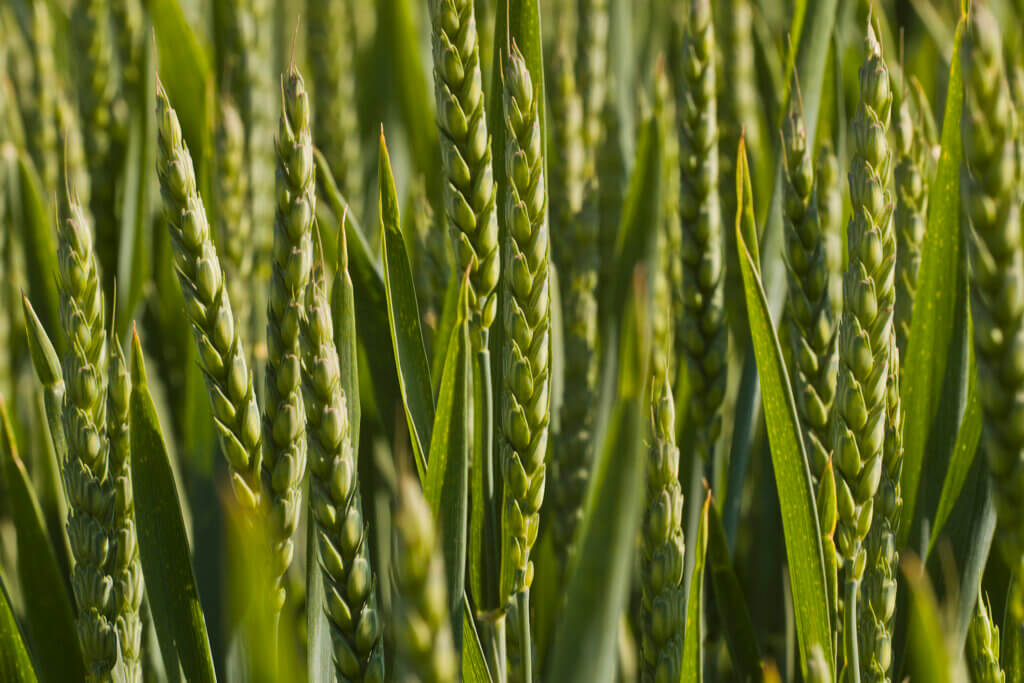


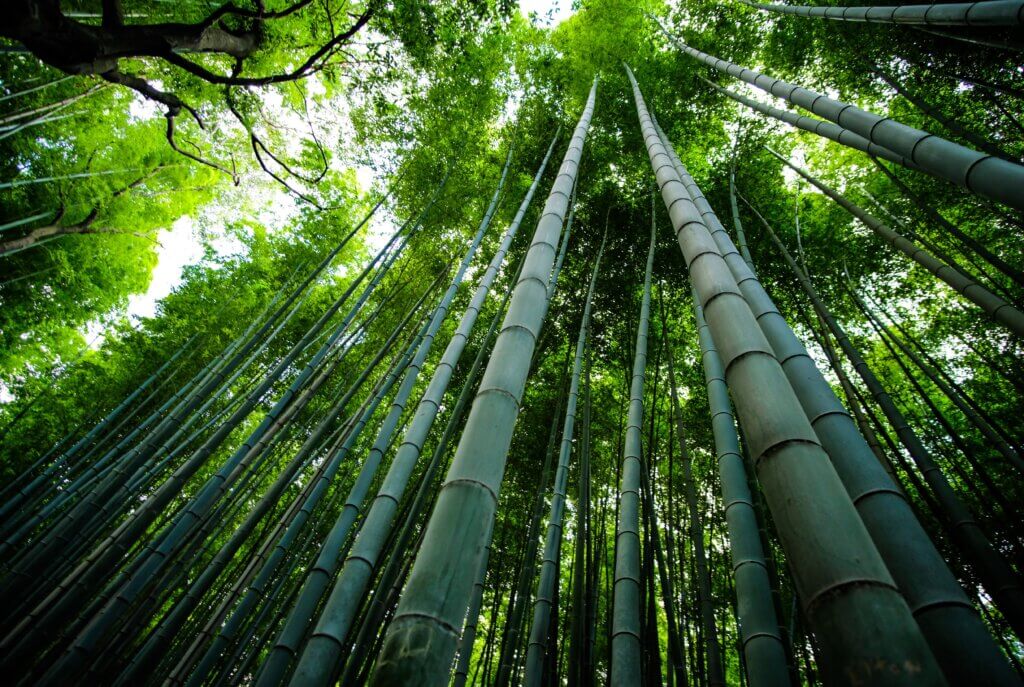
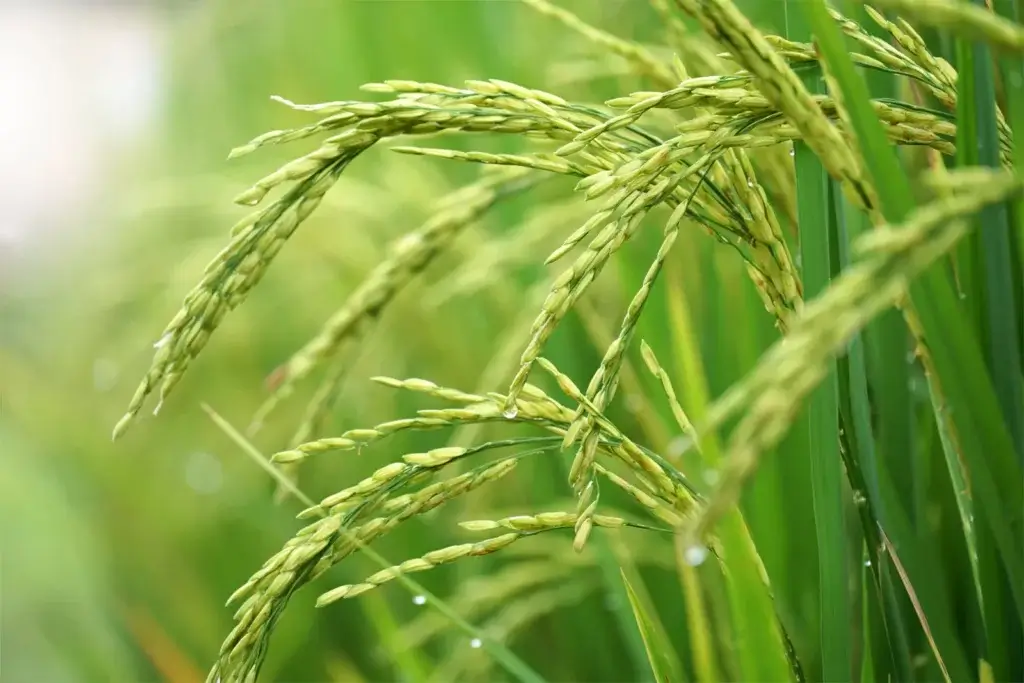

- Pooideae: This is the largest subfamily of the grass family Poaceae, with about 4,000 species. They include some major grains such as wheat, barley, oat, rye and other lawn grasses.
- Panicoideae: the second largest family of grasses it includes
Sugarcane
Corn
Lemon Grass(Cymbopogon citratus)
Big Leaf Grass (Setaria megaphylla)
Napier Grass or Elephant grass (Pennisetum purpureum)
Most millets like
Pearl millet (Bajra)
Foxtail millet (Kangani)
Little millet (Kutki)
Kodo millet (Kodra)
Barnyard millet (Sanwa)
Prosso millet (Cheena)
Browntop millet (Korale)
Jowar (sorghum)
Jhangora (barnyard millet)
Barri (Proso or common millet)
Pseudo millets like Buckwheat and Amaranths - Chloridoideae: is one of the largest subfamilies of grass, that is mainly found in tropical(hot and humid) or subtropical grasslands. Some of the famous grass from this sub-family are :
Indian goosegrass (Eleusine indica)
Doab Grass (Cynodon dactylon)
Finger millet (Ragi) it is also known as mandua or koda in Uttarakhand. - Bambusoideae: this includes all the bamboo, read more about bamboo here
- Oryzoideae: this sub-family mostly includes rice and all types of wild rice.
- Danthonioideae: it is mainly found in the southern hemisphere, containing very less varieties of grass, some of which are
Ravenna Grass (Saccharum ravennae)
Kans Grass (Saccharum spontaneum) or Elephant grass: This grass is more than three times the height of a human. An adult elephant can easily hide in this grass. Anyone walking among this grass would definitely feel like as small as an insect.
Some amazing things grass do
Grasslands make up most of the Earth and are some of the largest ecosystems in the world. It’s estimated that 20 – 40 % of the Earth is covered in grassland. Not to mention around 800 million people depend on grasslands for agriculture and their livelihood. Each grass plant has an extensive root system, which helps bind the soil. Up to 90 per cent of the weight of a grass plant is in its roots. A single grass plant grown under ideal conditions has over hundreds of km of roots.
Grass reduces the erosion of soil from water, as it intercepts raindrops before they disturb the soil and it also slows the flow of water which minimizes soil loss. Dense grass cleans the water helping to maintain a high-quality environment. Grass blades absorb and disperse the sun’s rays and prevent the ground from absorbing and storing the sun’s radiant heat. In turn, this makes your surrounding area cooler.
Grass provides shelter for insects like grasshoppers, crickets, Ants, ladybirds and many kinds of bugs that live in grass, which does not cause any harm to humans but are very important food source for many birds. These birds rely on these insects to feed themselves and their chicks. Around the world, millions of grazing animals rely on these grasses for their food. Now we can see that grass is an essential part of a healthy ecosystem and by learning about these we can protect and help other living beings.
Why destroying grass is also destroying us.
Burning grass is harmful to people because the smoke produced in this way can be toxic. Grass leaves contain silica particles and when we burn them, it gets released from the leaves and gets in the air and by air, it gets into our body which damages our kidney. It also contains carcinogenic carbohydrates, carbon dioxide and sulphur dioxide. This can lead to poisoning and diseases.




We should remember that fire is destructive. It damages the habitats of butterflies, all the beneficial insects and many pollinators, small mammals, reptiles and amphibians like frogs and toads. The list of damage is very long.
Read more: MAGIC OF MOSS
If you have some suggestion on which we should write or you have any query and something else you can contact us. Please do share this blog with your family, friends, and others so they can also know about Grass is more green than it looks facts.

